Vad är skillnaden mellan pochering, sjudning och kokning?

Matlagningsmetoder är en viktig del av varje recept och kan göra en stor skillnad i slutprodukten. Tre vanliga tekniker som används vid matlagning är pochering, sjudning och kokning. Varje teknik har sina egna egenskaper och passar bäst för olika typer av mat.
Pochering är en skonsam tillagningsmetod som innebär att maten sänks ner i en vätska, vanligtvis vatten eller en smakrik buljong, som värms till precis under kokpunkten. Vätskan bör hållas vid en jämn temperatur mellan 160-184°F/71-84°C. Denna metod passar bäst för känsliga livsmedel som ägg, fisk och frukt. Pochering är ett utmärkt sätt att tillaga fisk eftersom det håller fisken saftig och förhindrar att den blir torr och seg.


Sjudning liknar pochering, men vätskan värms till en högre temperatur, vanligtvis mellan 185-205°F/ 85-96°C. Denna metod passar bäst för att tillaga kött, grytor och soppor. Den långa, långsamma tillagningsprocessen låter smakerna från ingredienserna utvecklas och smälta samman, vilket resulterar i en rik och smakfull slutprodukt.
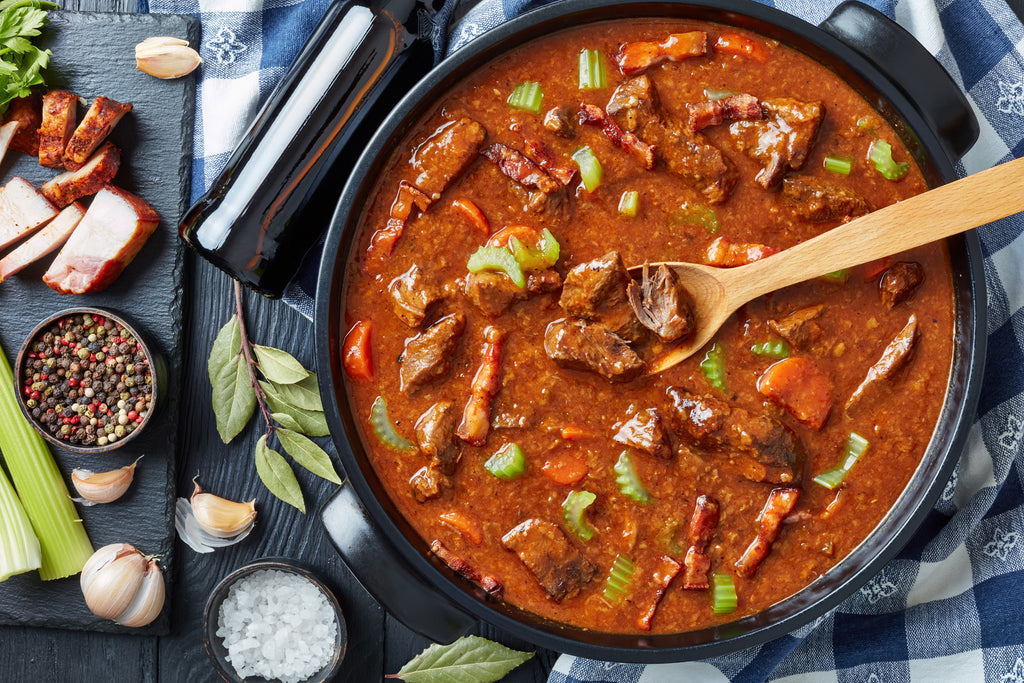
Kokning är processen att tillaga mat i en vätska som värms till en temperatur på 212°F (100°C), vattnets kokpunkt. Denna metod passar bäst för att koka pasta, grönsaker och hårdkokta ägg. Kokning är också ett bra sätt att snabbt tillaga kött och skaldjur, men det kan göra maten seg om den kokas för länge.
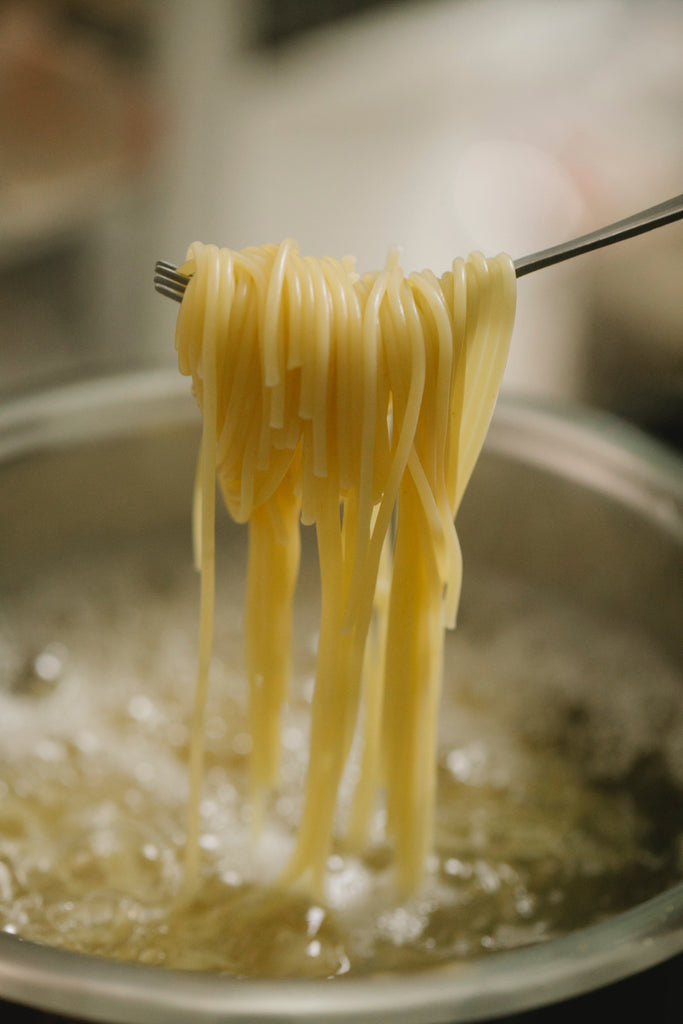
Sammanfattningsvis är pochering, sjudning och kokning alla viktiga matlagningsmetoder som passar bäst för olika typer av mat. Pochering är bäst för känsliga livsmedel, sjudning för kött och grytor, och kokning för pasta och grönsaker. Att förstå skillnaden mellan dessa tekniker och när man ska använda dem hjälper dig att skapa läckra och perfekt tillagade måltider varje gång.










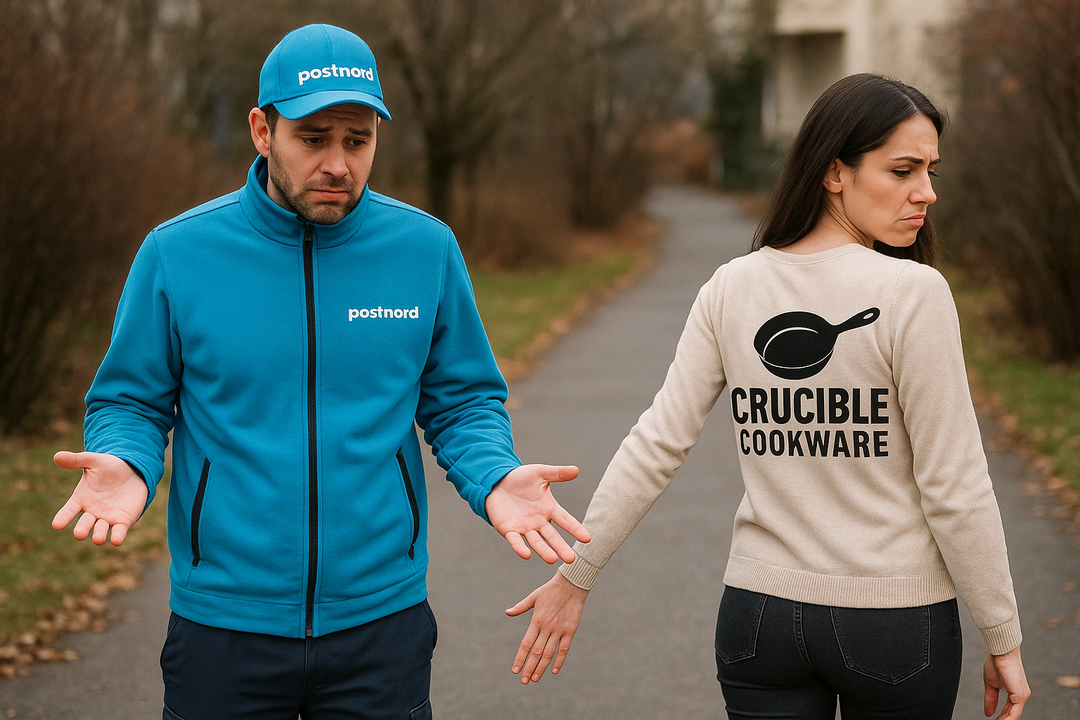
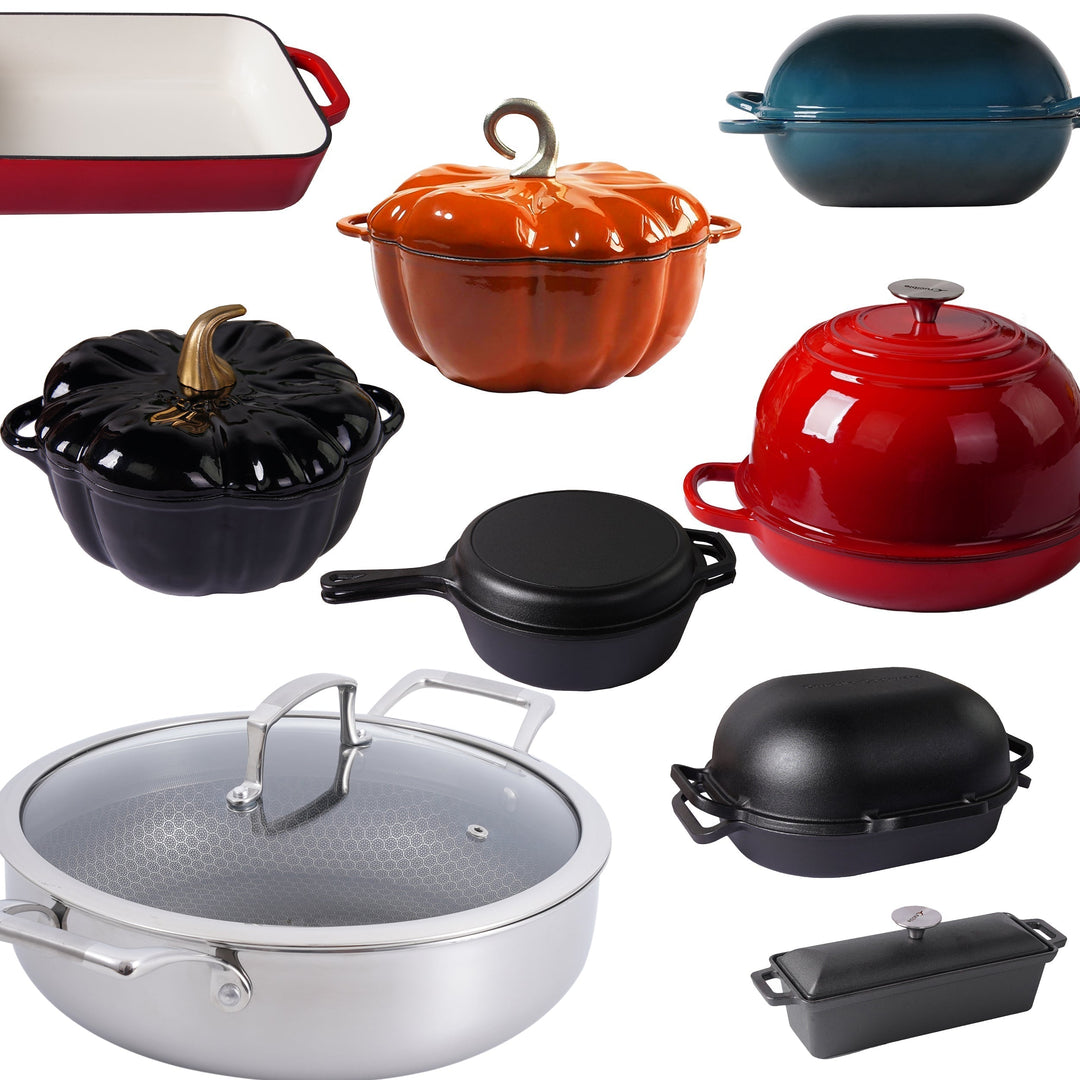



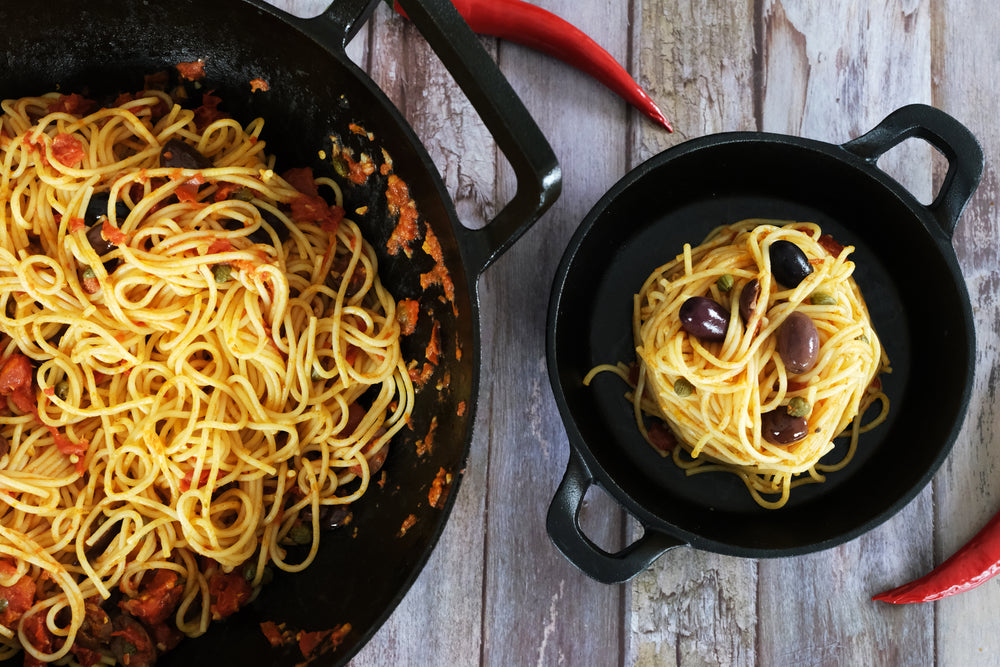
Lämna en kommentar